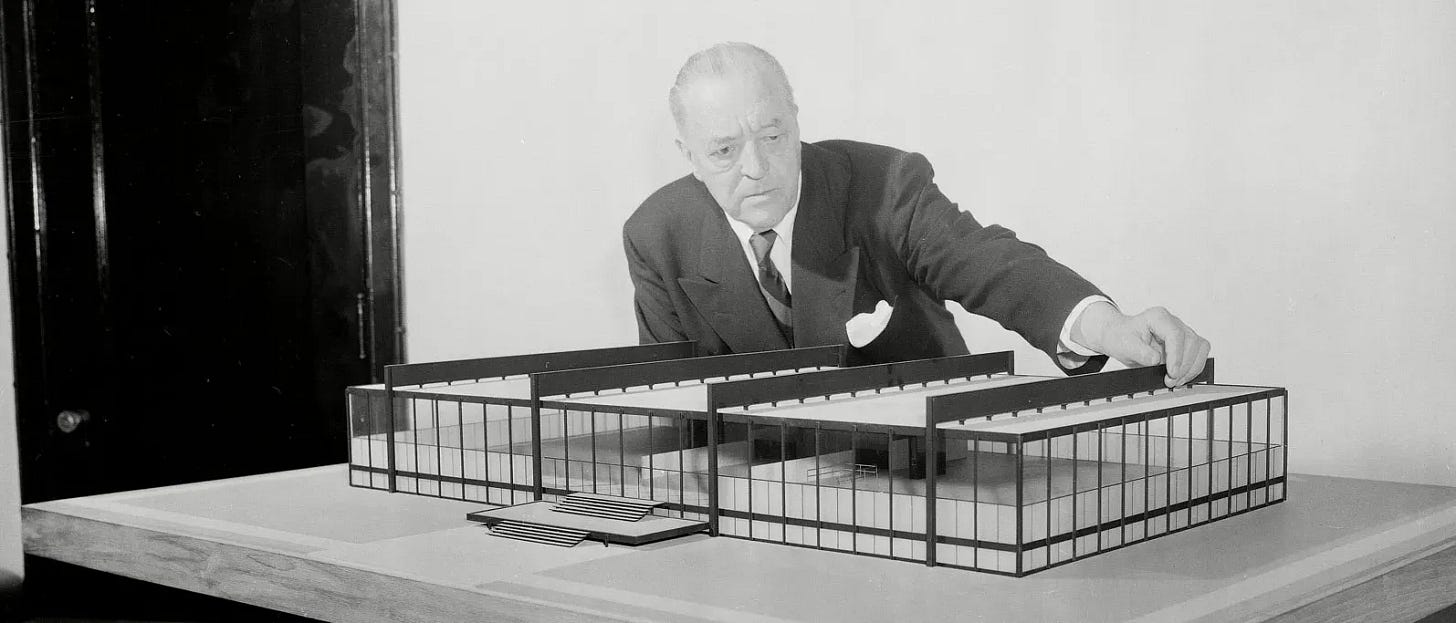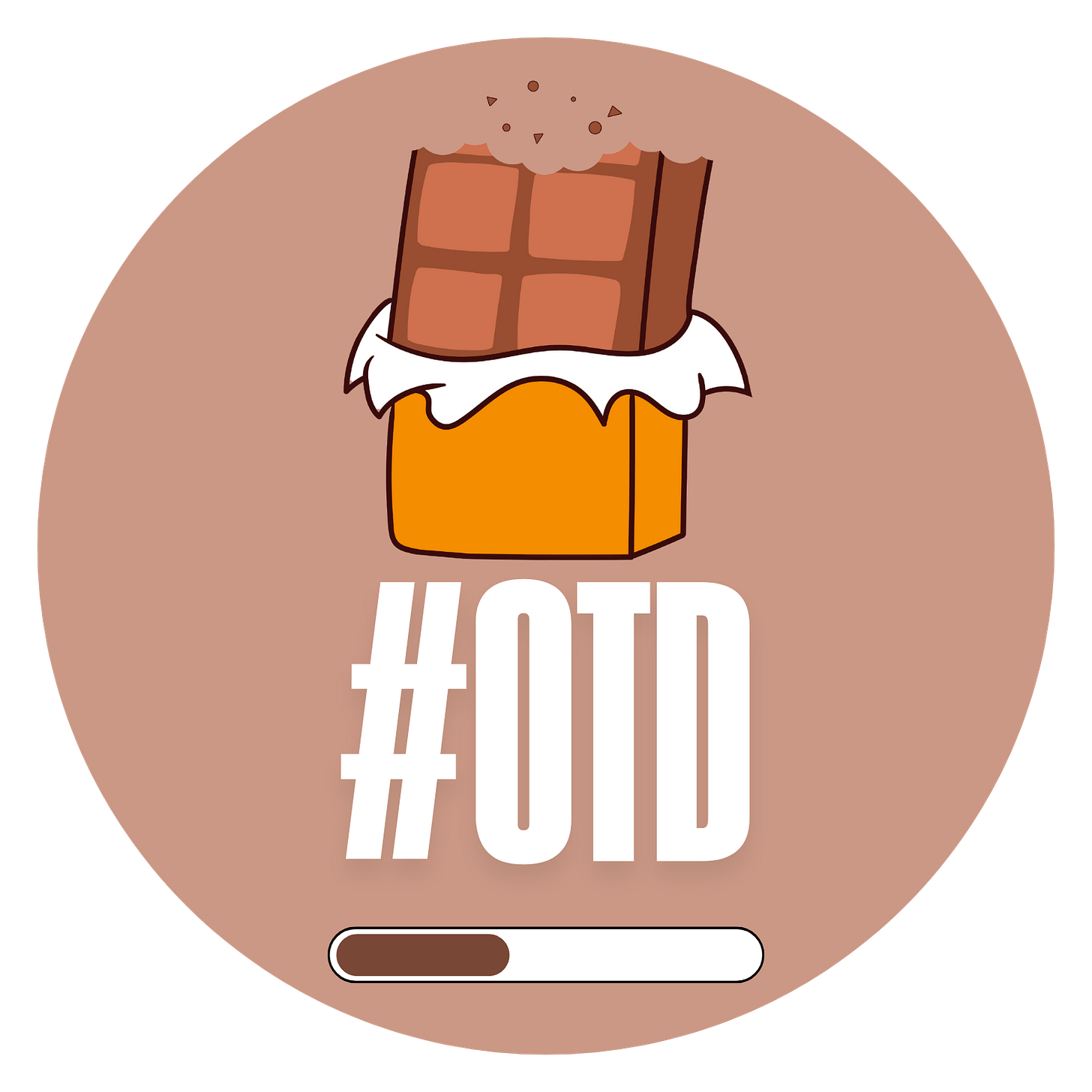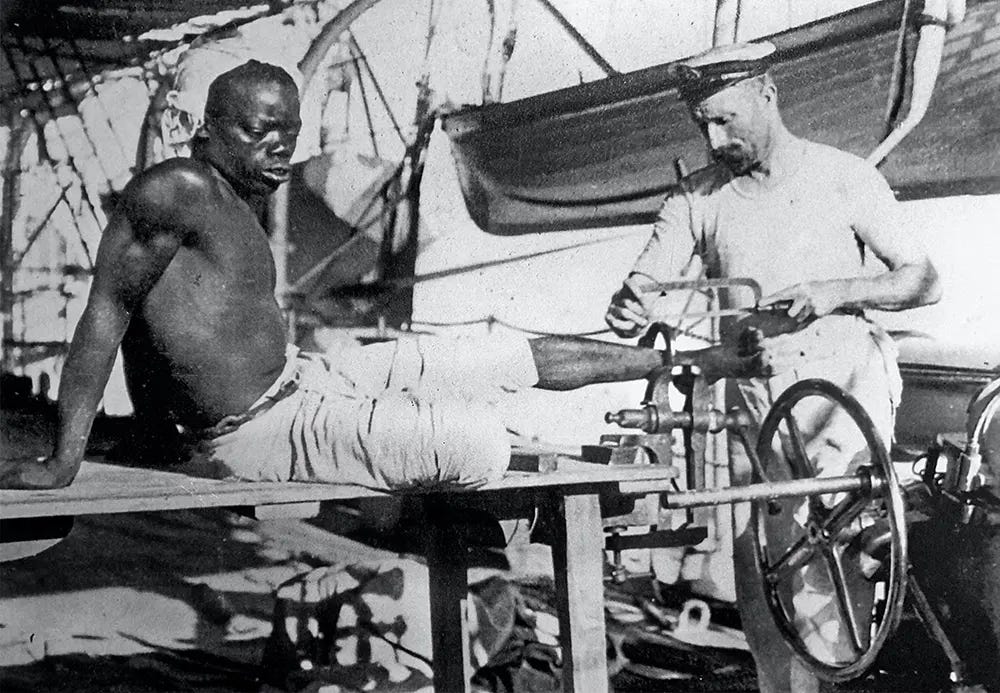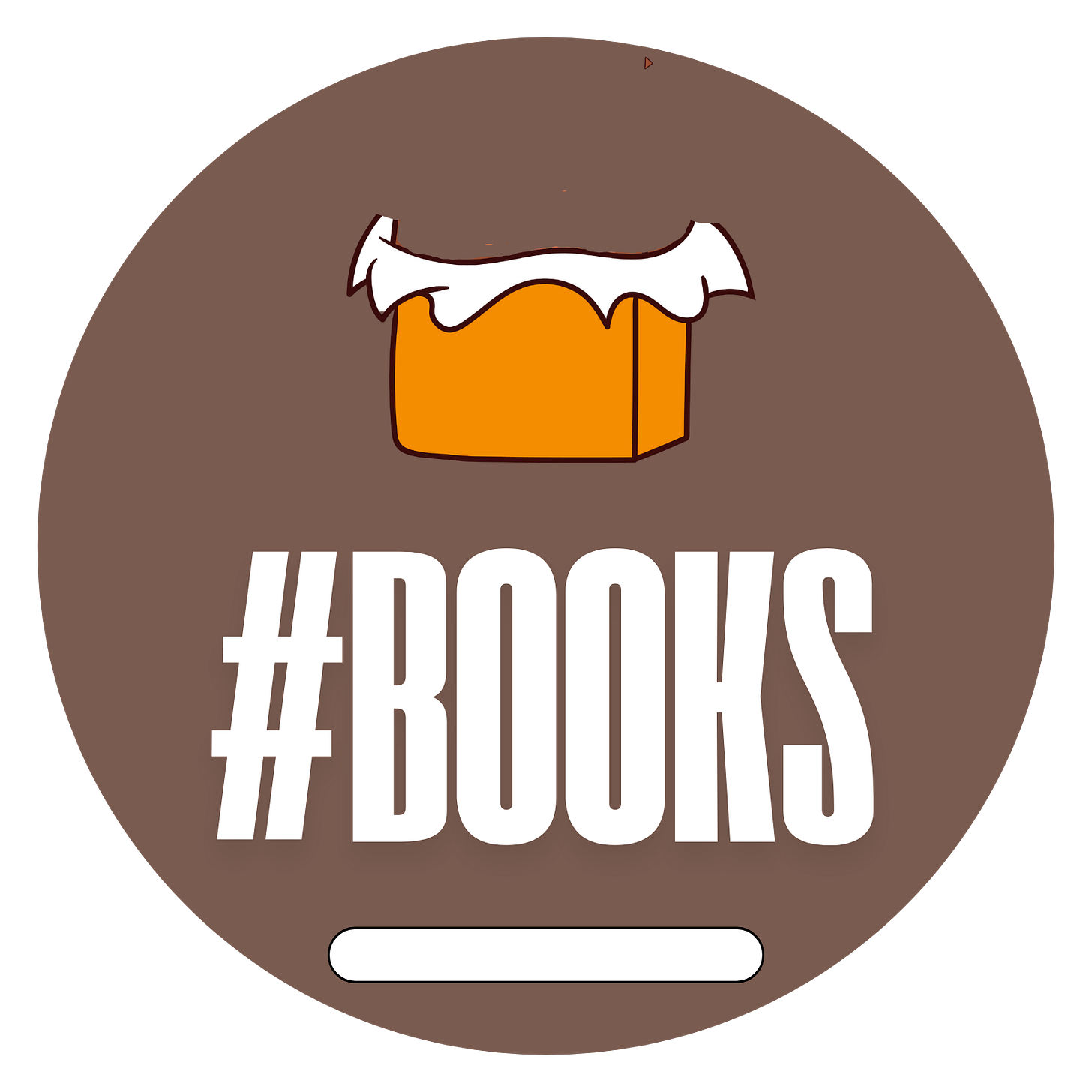Sumerology: 5 Things Sumer Did First
Less is More, On This Day, Omani Slave and E.M. Forster.
BOC#042
5 MINUTE MUNCH
TITLE PIECE: 5 THINGS SUMER DID FIRST
The ancient civilization of Sumeria occupied the land between the Euphrates and the Tigris rivers, or what we might think of as modern day Iraq for the sake of geographical convenience. Their civilization is considered one of the earliest in recorded history, dating back some 5,000 years, and has long been an area of archeological excitement amongst Sumeriologists and historians alike. While Sumeria often brings the invention of the wheel, the plough and writing to mind, there’s an awful lot to thank the Sumerians for, as Henry Freeman writes in his book, Sumerians: A History From Beginning to End: “So many aspects of our daily lives can be traced back thousands of years to the cradle of civilization in the Middle East where the Sumerians lived…” So without further ado, this week, we take a brief look at 5 things the Sumerians did first.
THE FIRST LAW CODE:
Sumeria produced the first recorded code of law known to man. The Code of Ur-Nammu (2050 b.c), as it is known, is a small, sun-baked tablet divided into eight columns which sets out the laws of the Sumerian king Ur-Nammu, founder of the third dynasty of Ur. Discovered in 1952, the tablet precedes the better known Code of Hammurabi by some three-hundred years. The laws include the regulation of weights and measures, and ensures that the “orphan does not fall a prey to the wealthy,” that “the widow did not fall a prey to the powerful,” and that “the man of one shekel did not fall a prey to the man of one mina (sixty shekels)”.
THE FIRST PHARMACOPOEIA:
The oldest medical handbook, or the ‘Nippur Old Drugstore’ lay buried in the 4,000 year old ruins of Nippur (modern day Iraq), and contains over a dozen of the Sumerian physicians’ favorite medicinal remedies. The 16 x 9.5 cm tablet mentions salt (sodium chloride), saltpeter (sodium nitrate), as well as vegetation such as cassia, myrtle, asafoetida, and thyme. Fig, pear, willow and the date are also mentioned as remedies. The salves and filtrates produced may have been consumed externally or internally, some of which were ground into a powder and mixed with beer. Considering the age and geography of the cuneiform tablet, the physician does not refer to spells, incantations, gods or demons in this particular artifact. Quantities and disease specificity are both omitted, though there is mention of alkali being mixed with substances high in natural fat which is thought to be an instruction in soap making.
PROVERBS & SAYINGS:
While it was once thought that the Hebrew book of Proverbs was the oldest book of maxims and sayings, it has since been discovered that the Sumerians were partial to a good phrase themselves, with hundreds having been found in the form of tablets and fragments predating the book of Proverbs. Sayings such as “We are doomed to die, let us spend; we will live long let us save,” and “you can have a lord, you can have a king, but the man to fear is the tax collector,” are amongst the idioms to have been deciphered.
There are also some more humorous phrases attributed to marriage and family life such as “Who has not supported a wife or child, his nose has not borne a leash,” and “My wife is at the shrine, my mother is down by the river, and here I am starving of hunger.” Sumerian wisdom is extensive with more enduring phrases like “Friendship lasts a day, kinship endures forever,” and “who builds like a lord lives like a slave, and who builds like a slave, lives like a lord” reflecting today’s principle of ‘keeping up with the Joneses’.
THE FIRST SCHOOLS:
In the early 1900s in the ancient city of Shuruppak, a notable number of school ‘textbooks’ were unearthed. Dated to the first half of the second millenium b.c. Sumeriologists stumbled upon hundreds of practice tablets filled with exercises featuring cuneiform script of all abilities — from the most novice to more advanced.
In corroboration with these discoveries are writings from the teachers themselves in which they describe school life. The teachers, it is understood, were funded by way of tuition fees, meaning it was often the wealthy who benefitted from the non-obligatory education on offer. The schools themselves are thought to have begun as appendages to temples, eventually becoming more secular institutions, and ultimately becoming centers for learning and culture in Sumer. The head of a school was called a “school father” while the pupils were known as “school sons”. While several possible school buildings have been unearthed, one particular site stands out. Excavated by the French in 1934-5, the excavation site west of Nippur revealed a room containing rows of baked-brick benches. Unlike some of the other excavations in Nippur, Ur and Sippar, no tablets were found.
THE FIRST BEER BREWING:
The earliest evidence of brewing beer dates back 5,000 years to a time when the Sumerians brewed a forebear of beer known as kash; a porridge thick beverage that made people feel “exhilarated, wonderful and blissful.” They enjoyed the process of beer making so much that they even had a hymn dedicated to Ninkasi, the goddess of brewing, which also served as a drinking song and the first known recipe for making beer.
Want to learn more? Read: History Begins at Sumer by Samuel Noah Kramer. (Amazon Affiliate).
DID YOU KNOW…
The phrase ‘less is more’ is often attributed to the German furniture designer Ludwig Mies van der Rohe (1886 - 1969). A pioneer in modern architecture, Ludwig used modern materials like steel and plate glass to produce what he called ‘skin and bone designing’.
Examples of his work includes the Crown Hall in Chicago Illinois (1956), and the German Pavilion created for the Barcelona Exposition in Spain.
Following a lengthy battle with esophageal cancer, Mies died on August 17, 1969, in his adopted hometown of Chicago.
ON THIS DAY: 20th OCTOBER
The much-delayed and massively over-budget Sydney Opera House, one of the most iconic buildings of the 20th century, was opened by Queen Elizabeth on this day in 1973. The first performance at the venue was in fact 13 years before it even opened, and was Ol’ Man River sung by Paul Robeson for the construction workers. Watch here.
The Chancellor of West Germany, Willy Brandt, was awarded the Nobel Peace Prize on this day in 1971 for his efforts to strengthen the relationship between West Germany and Eastern Europe. He is also known for his line of economic demarcation which is discussed here.
American comedian Richard Pryor won the inaugural Mark Twain Prize for American Humor on this day in 1998.
PHOTO OF THE WEEK…
An escaped slave having his shackle removed by a Royal Navy sailor in October 1907 off the coast of Oman aboard HMS Sphinx. One of the escaped slaves had been on the run for three years with his manacle still attached. A party of marines were sent ashore in pursuit of the slave traders who were eventually caught.
BOOK QUOTE:
“‘Life’ wrote a friend of mine, ‘is a public performance on the violin, in which you must learn the instrument as you go along.’”
― E.M. Forster, A Room with a View
MISSED LAST WEEK? READ: THE TRIBAND, MARCUS GARVEY, AND ETHIOPIA.











